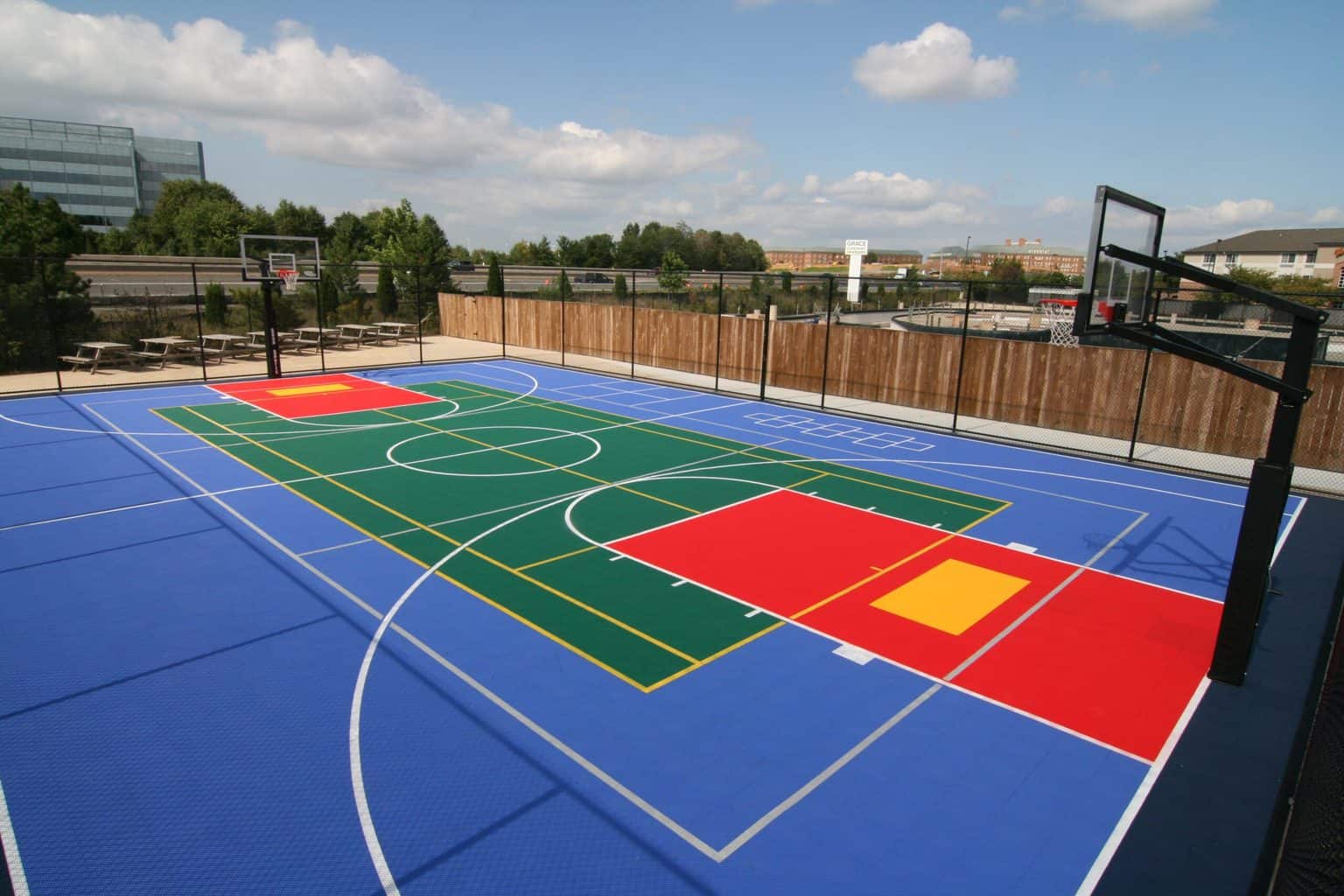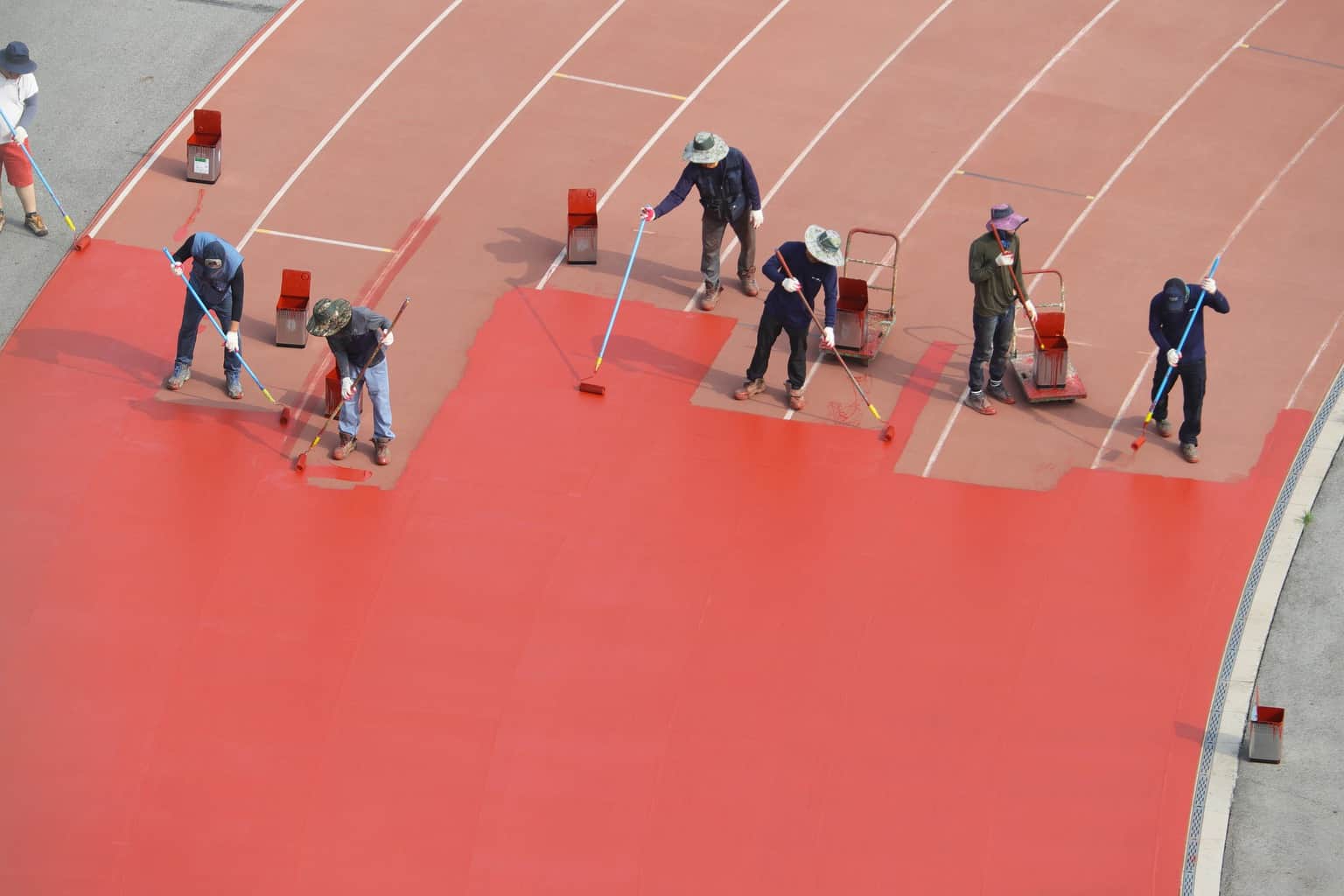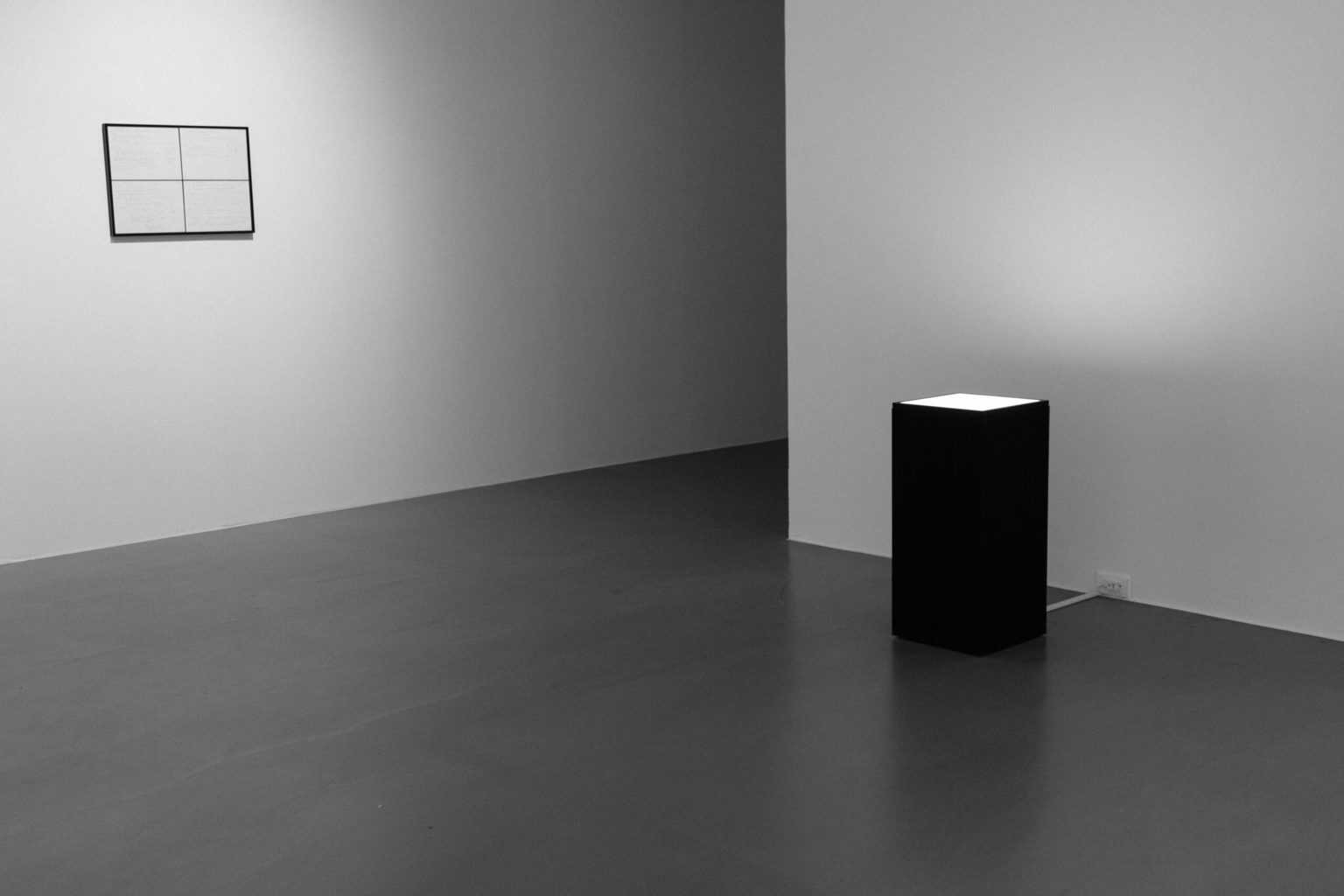Are you struggling when choosing between urethane vs epoxy for your floor? Then don’t worry – here we are going to help you out.
As you must know already, both epoxy and urethane are commonly used as floor coatings. They make it easy to protect concrete floors and to add new colors and/or appearances.
Despite both being used for covering similar type of floors as coating materials, they also hold several differences that could make it or break it for you.
Epoxy vs Urethane: What Are Their Differences?
Here are some factors you need to know about if you want to learn all there’s to know about epoxy and urethane:

Durability and Resistance
The first factor to think about would be the durability and overall resilience of the material.
Urethane is probably the most resistant and durable of the two. It can withstand drops, scratches, UV light, and even prevents yellowing or color loss over time.
Urethane is also resistant to chemicals, even the strongest ones. And they can also handle a lot of staining and even heat marks without problems. Even abrasion is not a problem that urethane can’t handle – so you can guess how resilient this material is.
However, It tends to wear off faster than usual when exposed to acidic substances.
In contrast, epoxy is super resistant to chemicals. It can handle acidic and other substances well enough for years, without any adverse reaction.
Epoxy is also resistant and durable, withstanding all kinds of weather elements and conditions with ease. It works well against impacts, abrasion, and scratches.
Epoxy is not resistant to UV light, so it is not recommended for outdoor use like urethane. And it tends to get yellow over time, or simply lose some of its colors.

Both epoxy and urethane offer their own set of advantages over the other. However, urethane, despite its low chemical resistance, is still the sturdiest.
Thickness
Another exciting factor to know about would be the thickness of the polymer when applied. Depending on the thickness, you can guess how effective it can be for different purposes.
For example, epoxy tends to take 8 to 15 millimeters of the total thickness. This is a pretty thick layer that can cover cracks, blemishes, and even entire holes with ease. And that’s why it is often used to cover damaged floors.
On the other hand, urethane only takes about 2 or 3 millimeters of thickness. That’s way thinner than most epoxy layers, so it is not the best to pour over concrete or floors directly. Apart from that, it doesn’t bond as well – so it is mostly used as a protective coating – sometimes over epoxy itself.
The thickness of epoxy makes it a way stronger product, and sometimes more practical. Urethane, in contrast, is thinner and more flexible.
Flexibility
Urethane is the more flexible of the two.
A thick layer of urethane-like epoxy would not feel hard, it’s somewhat squishy. That’s why it is mostly applied in thin layers to prevent it from making floors too soggy.
That makes urethane capable of working in curved and concave types of floors without problems. And to make it even better, it can withstand constant movement and vibration without breaking.
Epoxy, in contrast, is a way harder material. It can crack if applied on curved or concave surfaces, so it is mostly recommended for flat floors only. It doesn’t work well on floors that move or vibrate too much.
Adhesiveness / Bonding Strength
Another vital factor to know about urethane and epoxy is how well they stick to concrete. Here, you will find that epoxy does the job much better.
Even though epoxy has different types of polymer formulas and preparations, it is often the strongest. This happens because it bonds mechanically to concrete, thanks to its weight and overall hardness.
Of course, this depends heavily on the state of the concrete surface and the overall preparation before application. Still, epoxy tends to stick better to concrete than urethane.

This happens because urethane does not bond mechanically, being lighter, and often using a thinner layer – it doesn’t stick too well. Apart from that, urethane comes with a thin film that doesn’t pour into crevices or cracks, so it requires an entirely flat floor (preferably coated previously) to work well.
Application Time
How much does it take to apply urethane and epoxy? Well, it depends.
What we can say is that epoxy coatings have a big drawback, and that is how much time it takes to apply and dry. The real disadvantage comes from the previous preparation.
Without proper priming, applying epoxy would be extremely difficult to the point of uselessness. And sure enough, the curing takes a lot of time.
Urethane is different. While it does need to be applied on previously cured/coated concrete to work well, it dries up super-fast. That’s why it is the preferred option for most quick jobs that don’t need the strength or adhesiveness of epoxy.
When it comes to application, epoxy tends to take too long – which makes it less convenient.
Texture
The texture may also become an essential factor, especially if it is installed in places where traction or smoothness is necessary.
Here, you’ll find that urethane performs way better than epoxy. This happens because urethane stays smooth for a long time without becoming brittle or losing any of its grip over time. In fact, urethane even remains smooth after years underwater.
Epoxy does not offer such texture capacity. It may become brittle over time, especially if exposed to sun rays. And it may also not maintain the grip under extreme conditions.
In the texture area, urethane is the best, especially for its slightly better resilience.

Appearance
You’ll want to consider how attractive each looks on the floor. Here, both perform similarly well.
Urethane coatings have one advantage, and that’s the UV resistance they offer. This makes them the preferred polymer for making paint or colored coatings. That’s why you’re likely to find semi-gloss, high-gloss, matte, or all types of colors with urethane coatings.
The same does not happen with epoxy. Epoxy tends to change color when exposed to UV light, it becomes less useful for coloring. Its consistency also tends to be higher, so adding colorants and dyes is often not easy.
Still, you may find colored epoxy coatings without problems. The color just won’t stick as well as color on urethane. And it doesn’t offer the same types of gloss as urethane does
Conclusion
If you prefer something that cures fast and looks impressive even under UV rays – then go for urethane. Just remember that it may not stick well enough to the concrete and that it is not too resistant to chemicals.
If you want an ultra-strong bonding capacity with abrasion and chemical resistance – then epoxy is your best bet. It won’t resist stains or UV rays like urethane, yet it is still durable and often much more impact-resistant. Also, you could even be creative with it.
